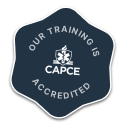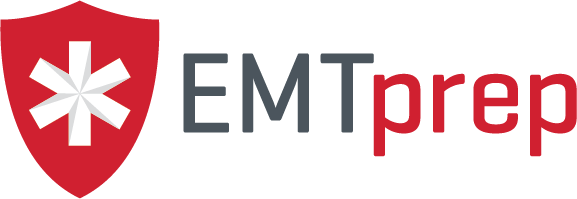Back to all articles
article
Updated Jun 10, 2022
Crew Resource Management
Updated Jun 10, 2022
EMS Operations

Background
- Crew resource management was adopted into EMS from the aviation community
- In the 1970s after a slew of avoidable and catastrophic human errors, the relatively nascent aviation community began to implement a system of strictly regimented checklists, defining roles, and communication tools, which have combined to successfully alleviate many opportunities for human error.
- Some of these systems can be integrated into EMS
Introduction
- In EMS we are constantly taught to be hypersensitive to signs and symptoms of our patients. But why don’t we study and prepare for the signs and symptoms of a broken call?
- We have all had them, calls that just don’t go as well as we hoped. Whether it be lack of communication, a poor team dynamic, or a plan that isn’t executed as the lead envisioned it.
- So what can we do to understand and improve our communication, team dynamics, and management of our resources to better serve our patients? We can start by learning.
Closed-Loop Communication
- The foundation of CRM, closed-loop communication, focuses on repeating orders and confirming when they have been carried out.
- This can be particularly helpful not only for informing the lead Paramedic or EMT of where requests are in terms of completion, but keeping thoughts and orders in an auditory format let other teammates know where the call is going. Keeping the team on the same page.
Example:
- PIC- "Tom, please draw up 1.5 mg/kg of lidocaine for an 80kg pt."
- Tom: "I copy, 1.5mg/kg lidocaine for an 80 kg pt. That’s 120mg."
- Tom to PIC: "I have drawn 120 mg of lidocaine."
- PIC: "Copy that, wait to push the entire 120 mg until after the next shock."
- Tom: "Copy, waiting to push until after the next shock."
Fostering an environment of open communication
- Regardless of certification level or experience any provider has the ability to recognize a potential error.
- Creating a structure in which members can voice their concerns without retribution is an important factor.
- Do this by supporting a team member’s ideas. Encourage team members to ask questions while remaining willing to teach.
Identify when team dynamics may place us at a disadvantage
- Ad-hoc environments (working with a team you have never pulled a shift with), or the plug and play model, makes teamwork and anticipation difficult. Combat this by pre-planning during downtime and having an open dialogue on responses.
- Identifying high-risk procedures
- Practicing high-risk scenarios or procedures (RSI, Chemical cardioversion, rare medication administration)
- High-risk interventions can be mitigated in many cases by a quick protocol check. Performed by you or a partner.
Pit Crew Modeling
- In many EMS systems responders work with different partners every day.
- In these instances, pre-planning scenarios like a code, an RSI, or major trauma, can align the thoughts and actions of a crew before ever running a call together.
- Example in practice: High performance / Pit crew model CPR
- This assigns roles to responders at a system level
- These models foster interoperability by assigning roles based on different positions just like a racing pit crew
Conclusion
All of these tools, ideas, and methods can be helpful but do not work without a positive attitude. Having a positive attitude towards your work, patients, and co-workers are the most important pieces of the puzzle regarding crew dynamics.
Studying for the NREMT?
We've helped over 200K+ students pass their NREMT, all for just $39/month
Need to recertify?
The easiest way to get your CE hours, 100% online.
- Dozens of courses and topics
- State-specific requirements
- We report to CAPCE in real time


